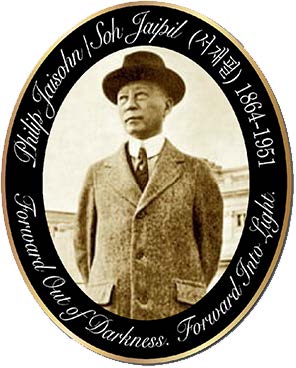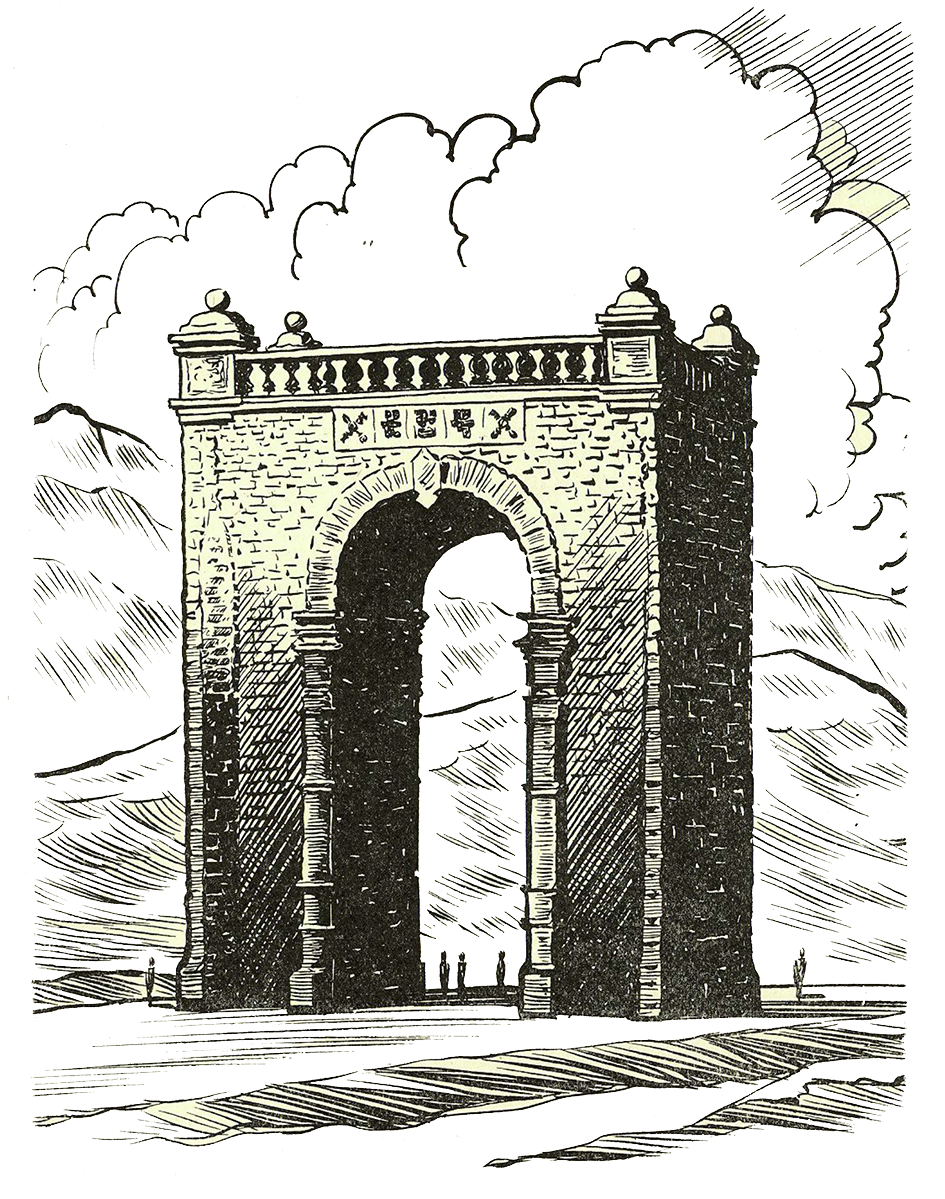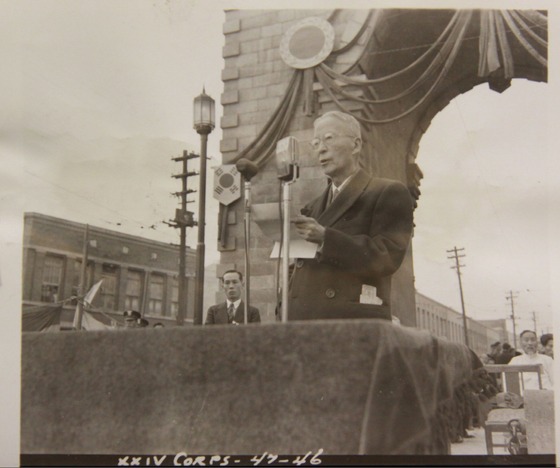Philip Jaisohn (1864-1951)
Right makes might, not might the right.


Philip Jaisohn, also known as Soh Jaipil (서재필), was dedicated to cultivating democratic values for the Korean people. After his participation in the failed 1884 Gapsin Coup (갑신정변), he left for the U.S. with his compatriots Park Yeong Hyo (박영효) (who designed the Korean flag) and Soh Gwang-beom (서광범). Arriving in San Francisco in 1885 with barely any money and a limited ability to speak English, Jaisohn was alone in choosing to remain in the U.S. to create a new life for himself. With great fortitude, he taught himself English and found a job delivering furniture ad leaflets to homes in San Francisco. In 1890, Jaisohn became a U.S. citizen, the very first Korean to do so. In 1892, he became the first Korean to earn a medical degree in the United States.
Jaisohn returned to Korea at the end of 1895 with a focus on educating the Korean people for self-rule. Laboring strenuously for the enlightenment and independence of the nation, he created the Tongnip Sinmun (독립신문) ("The Independent"), the first newspaper in the Korean language, and organized The Independence Club (독립협회) which introduced Koreans to the enlightenment movement and national sovereignty, along with parliamentary procedure and debate. He also initiated the building of Independence Gate (독립문), which stands in Seoul to this day. A drawing of Independence Gate appears to the right.Too progressive for the Korean government at the time, Jaisohn was forced to return to the U.S. in 1898.
On March 9, 1919, Jaisohn received a telegram from Ahn Chang-ho (안창호) informing him of the March 1st non-violent, democratic uprising in Korea. That telegram is below. To support this movement, Jaisohn presided over the First Korean Congress in Philadelphia in April 1919. There are materials below from the First Korean Congress, including its Proceedings and archival video.
From June 1919-July 1922, Jaisohn published the monthly Korea Review from 1919-1922. With the motto “Truth Enlightens the World” the magazine helped to educate Americans about the plight of the Korean people.
Philip Jaisohn returned to Korea in 1947 by invitation of the U.S. government. This was his second return to the country since first being exiled in 1884. On this second return, Jaisohn re-dedicated Independence Gate 50 years after its completion. Video and photographs of that poignant moment below.
Philip Jaisohn died in 1951, heartbroken by the outbreak of the Korean War. You can listen to his radio message to the Korean below. English translation available here.*

Telegram sent to Philip Jaisohn communicating the
March 1, 1919 Movement.

Korea Review, published by Philip Jaisohn from June 1919 to July 2022.
Download here or click on image above for
the complete Proceedings.
Re-dedication of Independence (독립문) Gate on its 50th Anniversary, November, 1947.
Philip Jaisohn (서재필) Presiding. Jaisohn was 83 years old at the time
Philip Jaisohn's (서재필) greeting to the Korean people on March 1, 1949 in which he speaks about the importance of unification. Jaisohn is in the U.S. when he sends this greeting (in Korean). For a transcription of this recording in Korean, download here.
For the English translation of this recording download here.*
*Transcription and Translation provided by Ms. Hyun Jung Lee (이현정) of The Graduate Institute of Peace Studies, Kyung Hee University.








